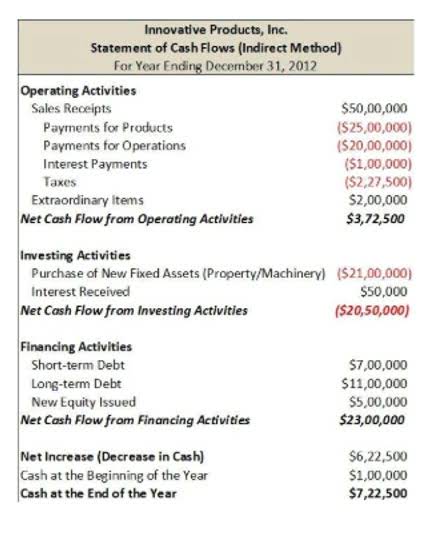Blog
State of Oregon: Blue Book Government Finance: Taxes
Posted by : petra | On : 14. August 2023
Conversely, 32 states and the District of Columbia levy graduated-rate income taxes, with the number of brackets varying widely by state. Kansas, for example, is one of several states imposing a three-bracket income tax system. Top marginal rates range from North Dakota’s 2.9 percent to California’s 13.3 percent. (t) In addition to the personal income tax rates, Delaware imposes a tax on lump-sum distributions. Of those states taxing wages, eleven have single-rate tax structures, with one rate applying to all taxable income.

(jj) The phaseout range for the standard deduction, personal exemption, and dependency exemption is $217,050 to $241,850. For taxpayers with modified Federal AGI exceeding $241,850, no standard deduction, personal exemption, or dependency exemption is available. Federal deductions and exemptions are indexed for inflation, and where applicable, the tax year 2022 inflation-adjusted amounts are shown. (jj) The phaseout range for the standard deduction, personal exemption, and dependency exemption is $233,750 to $260,550. For taxpayers with modified Federal AGI exceeding $260,550, no standard deduction, personal exemption, or dependency exemption is available. Federal deductions and exemptions are indexed for inflation, and where applicable, the tax year 2023 inflation-adjusted amounts are shown.
Oregon Income Tax Forms
Oregon residents are taxed on taxable income from all sources, while nonresidents are taxed on their income from Oregon sources. During the 2019 Legislative Session, the Legislature passed HB 3427, referred to as the Student Success Act, which created a Corporate Activity Tax (CAT) dedicated to education funding. The CAT is imposed on all business types, including partnerships and sole proprietorships, and is based on a business’s Oregon commercial activity. The tax is $250 plus .057% of taxable commercial activity greater than $1 million. Taxpayers are allowed a subtraction equal to 35% of the greater of cost inputs or labor costs. General contractors who incur labor costs for single-family residential construction located in Oregon qualify for an exclusion equal to 15% of the labor costs paid to subcontractors.
- Conversely, 32 states and the District of Columbia levy graduated-rate income taxes, with the number of brackets varying widely by state.
- For single taxpayers, the deduction must be between $2,130 and $4,790.
- Let’s consider an individual who has a taxable income of $350,000 in Oregon state.
- This might involve making investments that offer tax benefits, choosing the right type of retirement account, taking advantage of deductions and credits, or investing in a tax advantaged account.
- Oregon assesses income taxes up to 9.9%, and doesn’t have a general sales tax rate.
Instead, the state generates revenue with a statewide income tax of 4.75% to 9.9%, ranking among the highest in the nation. Local governments levy property taxes, and these come in right around https://www.bookstime.com/ U.S. averages. The typical Oregon homeowner pays $3,479 a year in property taxes. The corporate excise and income tax is the second largest source of state tax revenue for the General Fund.
How High Are State and Local Tax Collections in Your State?
Local option levies require a „double majority“ for approval. Measure 50 established the 1997–1998 maximum assessed value as 90% of a property’s 1995–1996 real market value. In subsequent tax years, the assessed value is limited to 3% annual growth until it reaches real market value. New property is oregon income tax assessed at the average county ratio of assessed to real market value of existing property of the same class. For 2021–2022, the total assessed value of all property in the state was about 58% of real market value. 50, which increased the standard deduction for single filers from $3,000 to $3,500.

These layers of taxes often result in very high levels of taxation—the highest of any consumer item. The retail price of cigarettes, for instance, is more than 40 percent taxes on average. In some states, like Minnesota and New York, more than 50 percent of the price paid by consumers comes from taxes. (oo) Taxpayers with net income greater than or equal to $84,501 but not greater than $90,600 shall reduce the amount of tax due by deducting a bracket adjustment amount. The bracket adjustment amount starts at $610 for individuals with net income of $84,501 and decreases by $10 for every $100 in additional net income. (oo) Taxpayers with net income greater than or equal to $84,501 but not greater than $89,100 shall reduce the amount of tax due by deducting a bracket adjustment amount.














